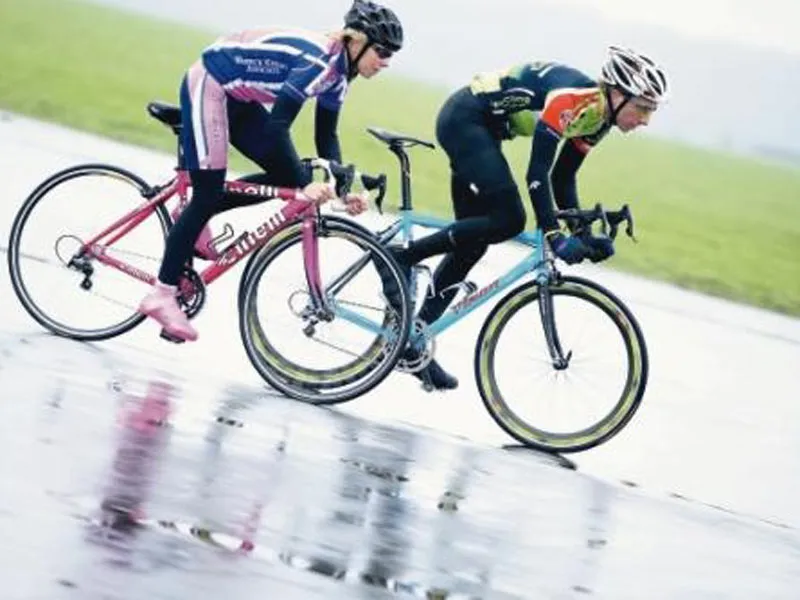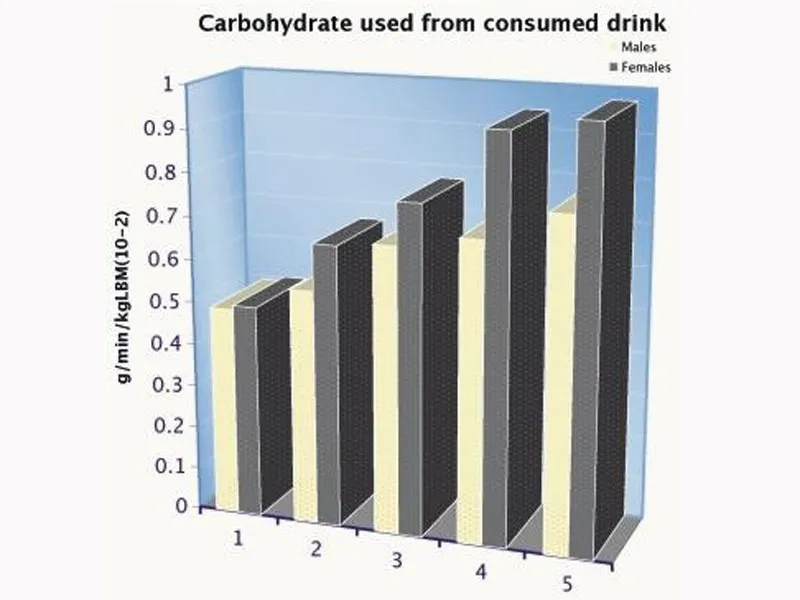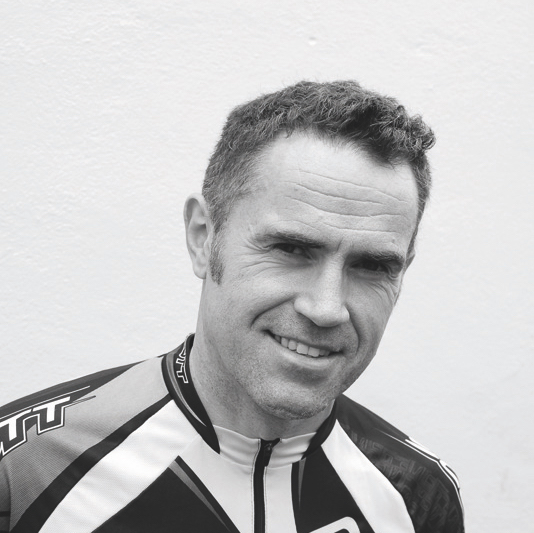The logic goes something like this: we all need carbs to fuel exercise. Long and/or back-to-back sessions strain this limited system. While there’s always plenty of fat to find for fuel, carbs in the muscle can be exhausted very easily.
This is where sports drinks come to the rescue – helping us get more training effect from rides, extending our endurance and making us faster.
However, while this general concept is true and may be ‘literally’ correct, there are some important differences between the sexes that mean that use of drinks and carbohydrates in the diet needs fine tuning for men and women. Recent research studies are to blame for rocking the boat.
Take 14 athletes and fast them overnight, give them a few hundred calories breakfast and have them ride for 90 minutes. During the ride provide them with either with a placebo (Aspartame flavoured water) or a sports drink (8% corn derived carbohydrate solution with a marker added). Look at their expired air and then calculate their fat, protein, internal (glycogen) and exogenous (sports drink) carbohydrate use.
That’s what the boffins at York University, Toronto did [1] with surprising results…
Horses for courses? We cannot be sure why evolution has made women and men different in their fuel use but what the research shows is that women and men need to be given slightly different advice. There isn’t a one fits-all rule. And for all those nay-sayers who don’t agree with supplements, or new training methods or a change to the status quo, there is other research to support the idea that women and men have differing relationships with carbohydrate when taking exercise into account. Argue the toss but the science backs this up…
The graph above shows that as the exercise session progressed the female riders were using more of the carbohydrate provided by the sports drink than their male counterparts. The fuel use was measured relative to lean body mass (LBM) and at the 90 minute point the women were using carbs from the drink at a rate equivalent to 35grams per hour. However, the drink carbs were not the main source for premium fuel as carbohydrate from muscle glycogen stores was being used at three times the rate of that provided by the sports drink at the 90 minute point.
Put these two sources of carb fuel together and close to 2.5grams of carbs were being used every minute, slightly more than the 2.28g/min used when the women were using just water. The data showed more fat use when both sexes drank water instead of a carb drink (men 21.9% vs 16.2%; women 22.8% vs 19.8%) but remember this was just a 60% VO2max session, a lot less than many of you would routinely ride at and the exercise also stopped after 90 minutes.
Lactic acid levels in the blood peaked at 3.5mmol and dropped to 3.0mmol by the end of the exercise illustrating that the athletes were riding within themselves. Overall, 70% of fuel came from carbs in this 90 minute ride at 60% of VO2max.
However, the females used 25% more carbohydrate from the sports drink than the males – this represented 14% of total female energy use and 11% of the males’.
It gets better for women
So women use more fat than men and are better at using the fuel contained in sports drinks. This is the reason why studies on women athletes have shown less performance improvement from carbo-loading than men. If men are from Mars and women from Venus, Martians use more stored muscle glycogen whilst Venutians use more carbohydrate from in-session grazing. And as women benefit less from muscle glycogen ‘loading’ their diet need not be as rich in carbohydrate.
Recent research suggests women can be on a low- or high-carb diet for six days (that’s either 3, 5 or 8g/kg of body weight of carbs per day) and this does not affect their performance in a test in which fatigue hit at around an hour [2]. Women are the diesel version of the species – so we need to think how we advise them how to eat on a daily basis and how to fuel during exercise.
FUELLING ADVICE
WOMEN
- Use a diet that does not over-emphasise carbohydrate
- Ensure use of carb drink in sessions to assist fuel provision and endurance
- Do not heavily carbo-load before events but ensure regular carbohydrate meals balanced with good protein sources and fats
MEN
- Use a diet that ensures at least 55% of calories from carbohydrate
- Ensure use of carb drink in sessions to assist fuel provision and endurance but ensure post-exercise hi-carb snacking is planned for
- Carbo-load before longer events and sessions by focusing on carbohydrate (2-3d) after several days(2-3d) of meals with slightly increased (healthy)protein and fat calorie foods
REFERENCES
[1] Riddell, M.C et al (2003) Substrate utilisation during exercise performed with and without glucose ingestion in female and male endurance-trained
athletes. Int. J Sports Nutrition & Exerc. Meta. 13(4): 407-421
[2] Dolins, K.R et al. (2003) Effect of variable carbohydrate intake on exercise performance in female endurance cyclists. Int. J Sports Nutrition & Exerc.
Meta. 13(4): 422-435


